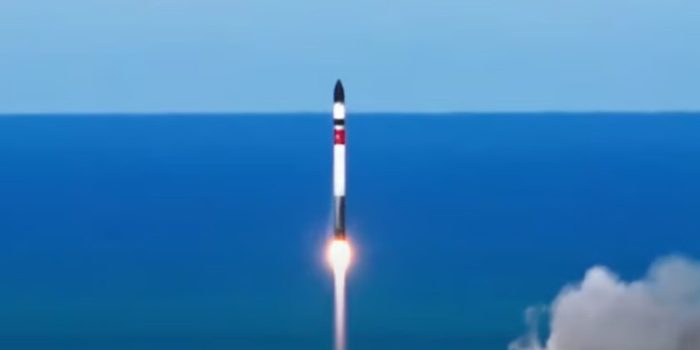The launch of the world’s most advanced solar sail spacecraft marked a significant milestone in space exploration. Taking off from Mahia, New Zealand, atop a Rocket Lab Electron launcher, the spacecraft, known as NASA’s Advanced Composite Solar Sail System (ACS3), embarked on its journey as part of the Beginning Of The Swarm mission alongside the Korea Advanced Institute of Science and Technology’s (KAIST) NEONSAT-1.

Despite its small size, comparable to a microwave oven, the ACS3 boasts impressive capabilities. It can deploy a microscopically thin plastic sail covering an area of 860 ft² (80 m²) in just 25 minutes, with a boom extending from the size of a hand to 23 ft (7 m) long. What sets ACS3 apart is its lightweight polymer composite boom, designed to stow flat, a crucial advancement in making solar sails lighter and more stable.
The launch faced a brief delay of 32 minutes due to technical issues, but once underway, the Electron rocket successfully propelled both payloads into space. The rocket’s stages performed as planned, with the first stage executing an orbital maneuver to burn up harmlessly in Earth’s atmosphere, reducing space debris. NEONSAT-1 was deployed into a 323-mile (520-km) circular Earth orbit, while ACS3 waited an additional hour and 45 minutes before deploying into a Sun-synchronous orbit at an altitude of 600 miles (1,000 km).

Key to the mission’s success was the Kick Stage’s Curie engine, capable of multiple restarts to precisely position payloads without their own propulsion. Following its duties, the Kick Stage initiated an atmospheric burnup trajectory.
Data gathered from the ACS3 mission will inform future designs, with plans to scale up solar sails to an impressive 21,500 ft² (2,000 m²), enabling long-range missions propelled solely by solar winds. These sails, akin to terrestrial sailing ships, promise remarkable speeds without the need for traditional propellants, opening up new horizons in space exploration.


